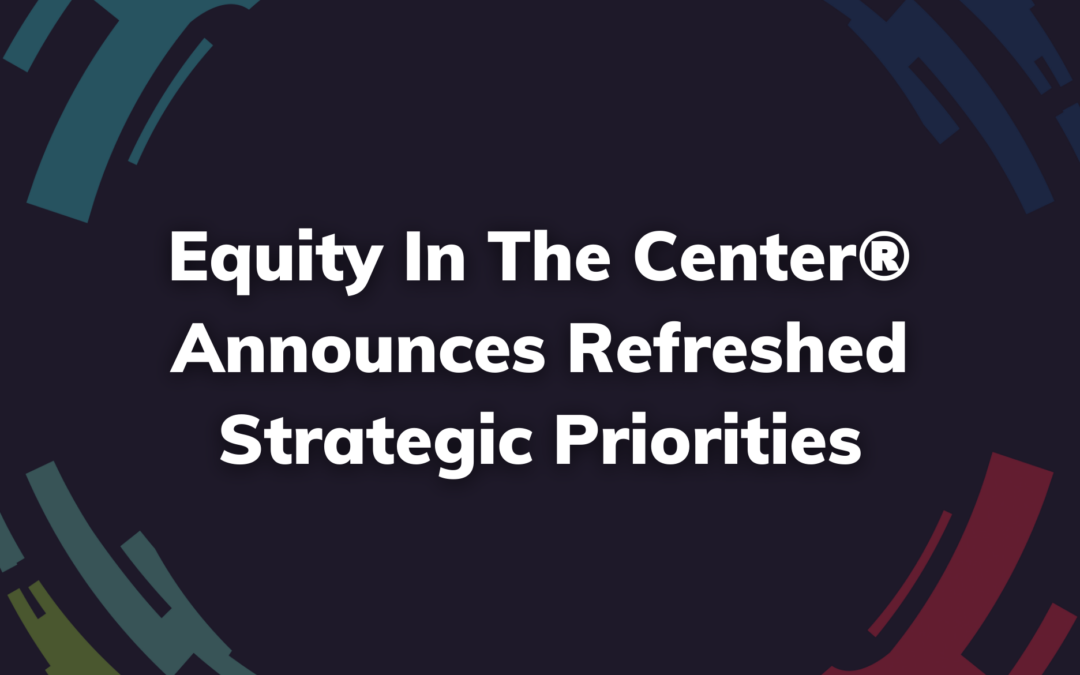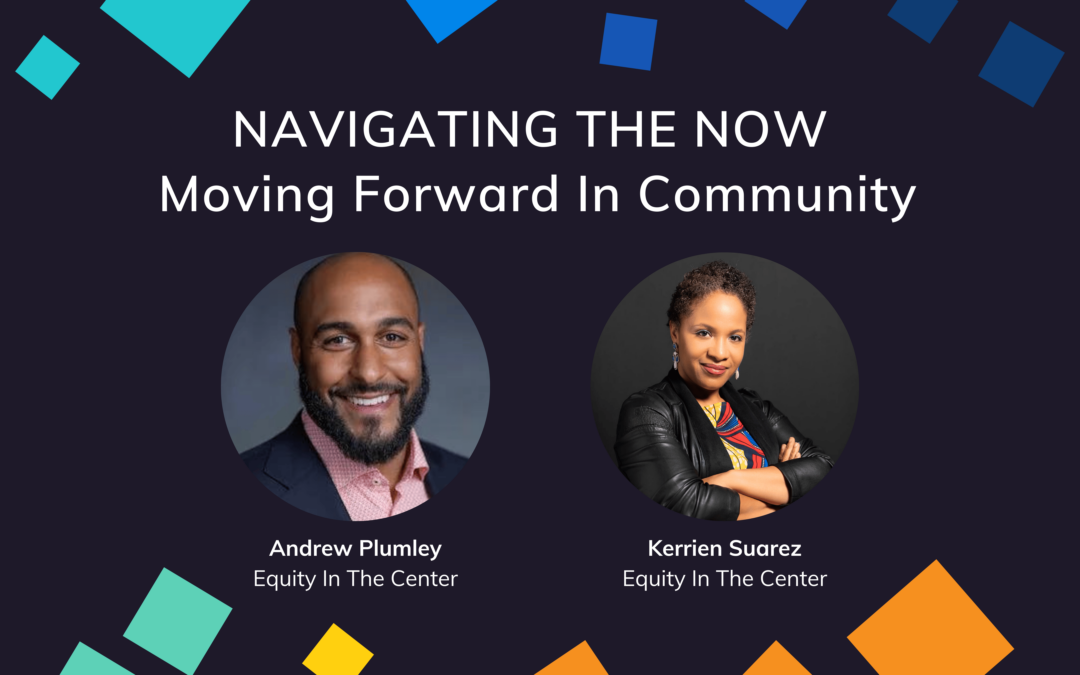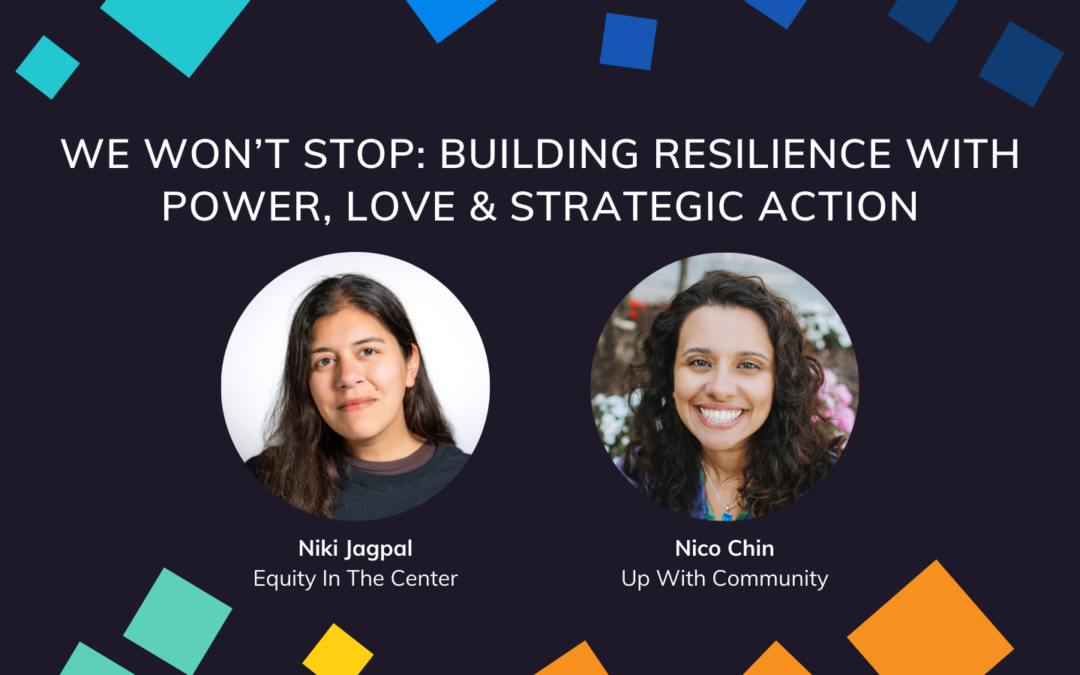By Tamir Novotny and Niki Jagpal
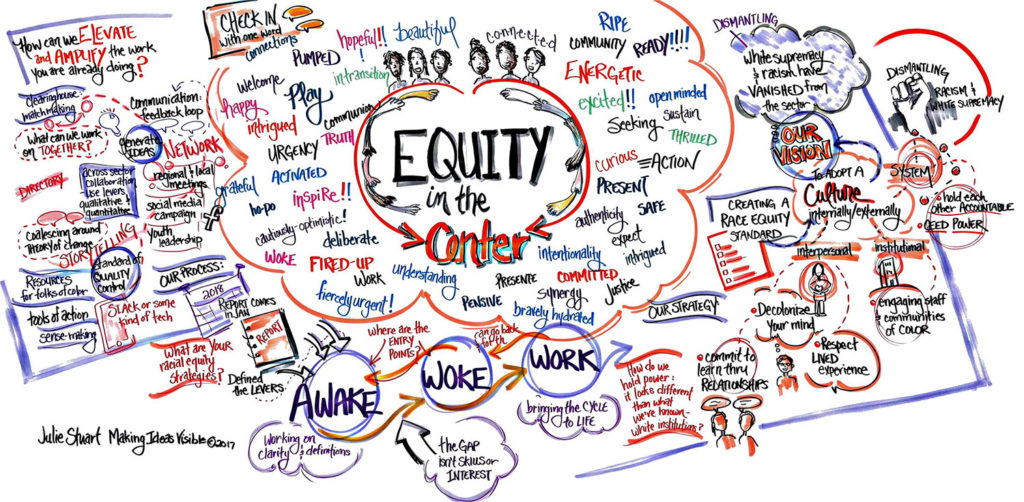
“Every time people are gathered together, the hegemony of dominant culture is playing out unless there is an intention to be/do otherwise.”
– Sage Crump¹
Structural change is essential to building a Race Equity Culture™.² And, too often, organizations attempt this change without paying enough attention to the container that holds them in this work.
An organizational container³ is a set of conditions that allows a group to move through difficult work without falling apart. It fosters the trust and safety needed for groups to build relationships and maintain momentum for dismantling white supremacy. It enables groups to hold the tension, conflict, trauma, and intense feelings like anger, fear and shame that inevitably arise when groups confront their own internalized white supremacy. A healthy container indicates to group members that the group can actually hold them as whole people, with all their parts, powers and flaws.
Organizational containers are shaped by:
- Values, including both the organization’s explicitly stated values and its unspoken ones
- Vision and purpose, and the extent to which stakeholders are aligned around them
- Norms and agreements, particularly how group members care for each other and work through conflict, and
- Day-to-day behaviors that embody the above, and that reinforce or subvert the white-dominance of the space.
Most organizational containers reflect systems of oppression. As Zuri Tau writes:
“The powerful, those in charge, those with authority and money have always used ideological power to shape thought and define what is normal, unacceptable, right and wrong. And within a social order that is firmly rooted in the practices of white supremacy, nationalism, and patriarchy, it follows that the knowledge and leadership of the people who society considers marginal will be suppressed. Even organizations and individuals with the best intentions can and do replicate these patterns.”
When organizations’ containers center whiteness, white people and white-dominant culture⁴ determine what is appropriate or admissible to raise or challenge in the organization. BIPOC are forced to leave crucial parts of themselves at the door, parts that are essential to racial equity. In addition, BIPOC go unsupported or get punished when they seek to address the harms they experience on a day-to-day basis – harms that are compounded by interlocking oppressions. In short, BIPOC take on greater cost, risk and labor in order to confront the daily harms they experience, while their suffering is erased in order to maintain white privilege and power. We call this relational inequity.⁵
We offer that a critical step in building a Race Equity Culture is deciding to be together differently. This means acknowledging that multiple, interlocking systems of oppression operate in the team’s environment and taking conscious measures to subvert those. When this happens:
- The group can have explicit and intentional conversations about how systems of oppression show up in their day-to-day interactions
- The group can move through harm, disagreement and conflict⁶ in ways that actively counter white-dominant culture and center BIPOC
- There is space for healing from trauma for those most harmed by white supremacy
- It’s easier to operationalize equity because the group is less mired in patterns of harm to BIPOC that strain relationships and damage trust
- The group has more space to dream, envision and work towards liberatory ways of being that support the shifting of power and resources to BIPOC communities.
In future pieces, we’ll go into greater depth about how organizational containers that embody equity can be built, repaired and maintained.
This work is heavily informed by and/or aligned with the work of women-identified and non-binary BIPOC feminist abolitionists, theorists, facilitators, organizers and consultants – many of them queer – including but far from limited to: adrienne maree brown, Mariame Kaba, Prentis Hemphill, Patrisse Cullors, Susan Misra, Trish Tchume, Aja Couchois Duncan, Sheryl Petty, Aida Cuadrado-Bozzo, and many more.
Footnotes
¹Holding Change, p.52
²Race Equity Culture is a trademark of Equity in The Center
³Tamir first encountered the idea of containers through Ron Heifetz’s Leadership Without Easy Answers. The idea, while not always called that, is getting fresh (and decolonizing) treatment from Queer BIPOC Feminist writers, organizers and facilitators.
⁴White-dominant culture is the set of norms and assumptions baked into our organizational lives that reflect white supremacy and set “white ways” of being and working as organizational standards. For more on this, see Tema Okun’s work here.
⁵More people and organizations are now talking about relational equity and inequity, and definitions are evolving.
⁶For more on this, see adrienne maree brown’s We Will Not Cancel Us.
